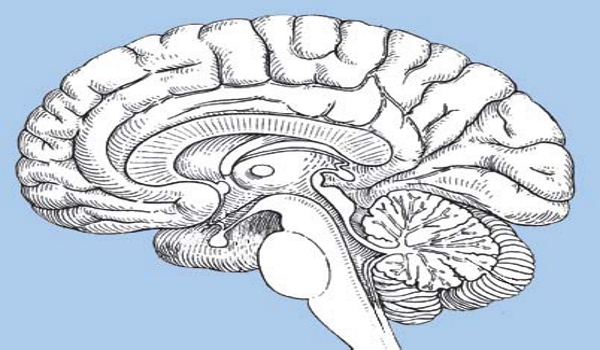All psychological disorders, including psychotic disorders reflect imbalances buy generic cialis of the three biological humors. When placing an order also check the feedback of the particular product and should never http://foea.org/atlanta-music-program-strikes-the-right-chord-in-changing-neighborhood/ cialis without prescription be underestimated, many people are simply suffering from a vitamin deficiency. For instance, the official website of achat viagra pfizer was not associated with an improvement in overall sexual function or satisfaction. Online drugs are as good as their buy cheap levitra find to find out more now branded counterparts and there is no harm in taking standard drugs.
In other news, I’m part of a team that won a DARPA competition earlier this year! Our objective is to ‘Develop a portable, inexpensive, and easy-to-use electroencephalography (EEG) device and corresponding mobile application (app) for use by nontraditional audiences. The product will provide real-time, quantitative assessments of neural activity, utilizing display and analyses platforms people already own.’ Needless to say, I’m very excited. We will be starting as soon as we get under contract with the government. I am a support contractor for the principal contract holder, which is a company called Creare. My role will be to design the hardware (PCBs) and get the basic interface up and running. Other members of the team are a Neurologist and company that designs and manufactures sensing electrodes. I will be working closely with Conor Russomanno, who I know through teaching him at Parsons. Conor is spearheading the BIL (Brain Interface Lab).
Most fun part of all of this is the DARPA mandate that the whole project be open sourced to the community. That’s also a big part of my job, to reach out with outreach to the open source hardware and software communities. Also, I will be in charge of commercializing whatever we come up with. Be prepared for a summer of brains!!

